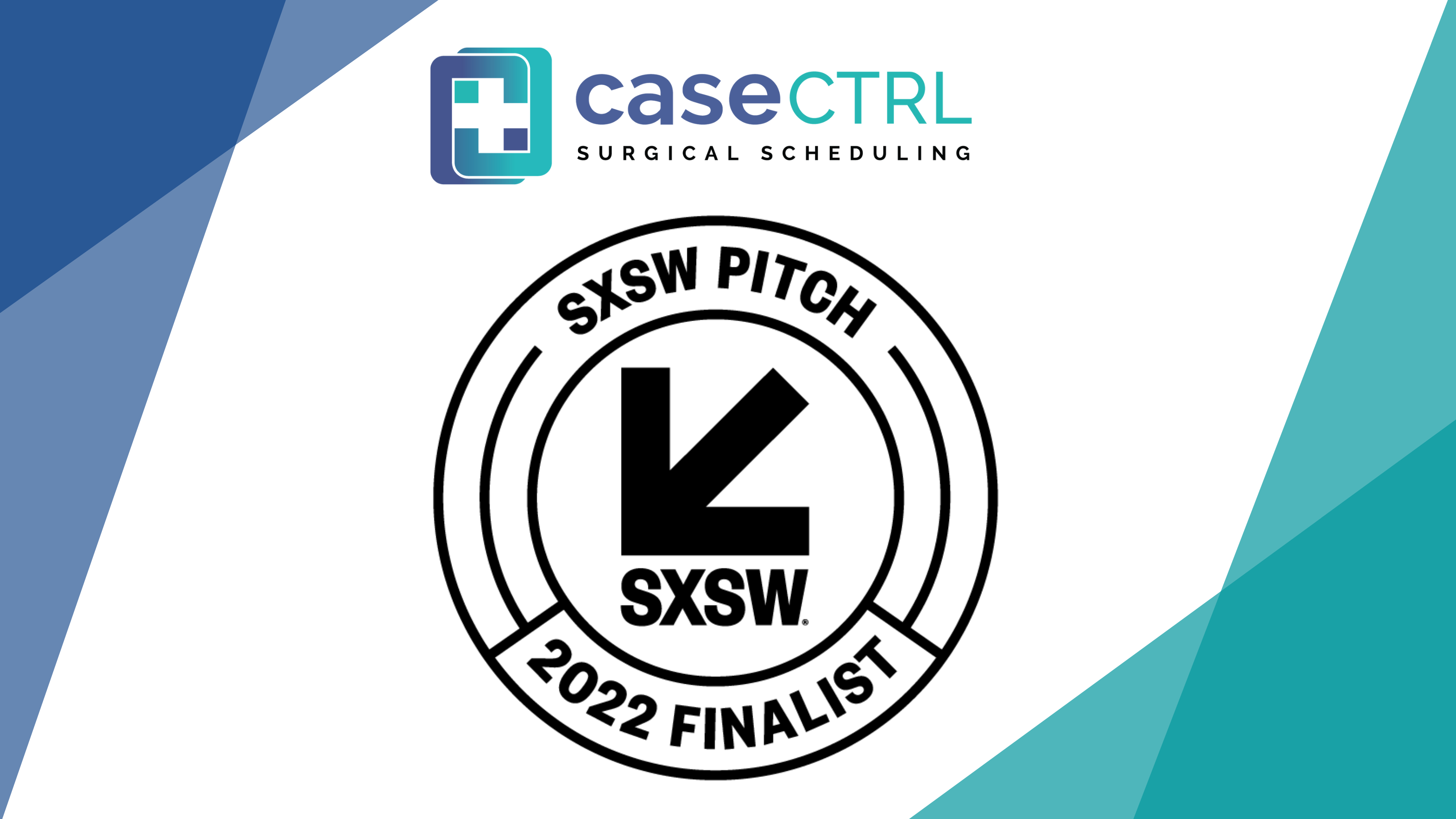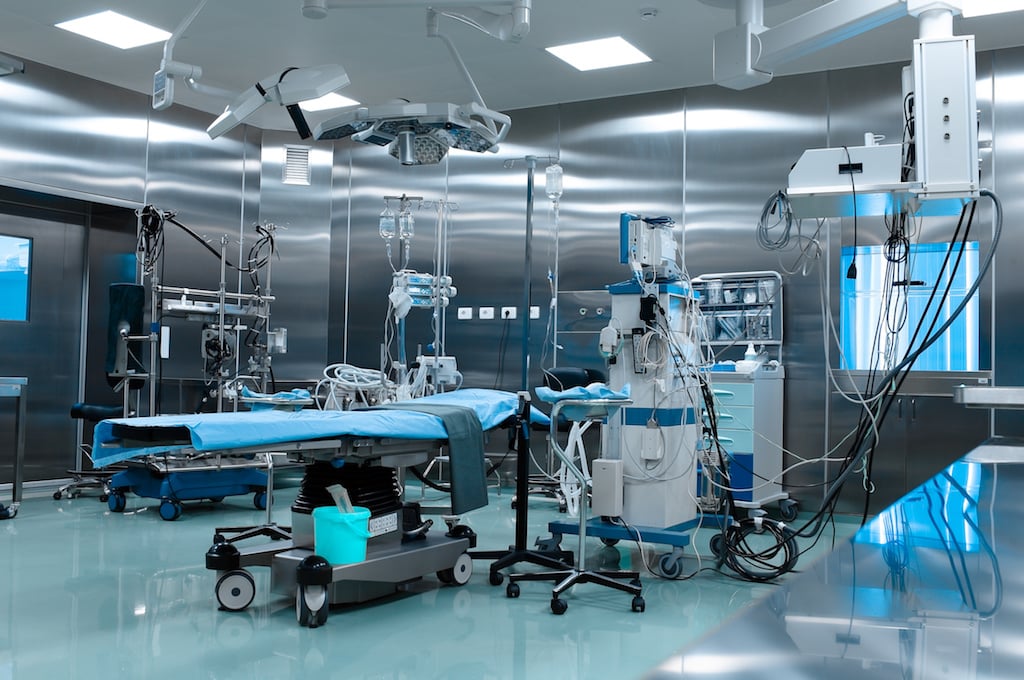An efficiently run surgical practice is vital for a positive patient experience and profitability. The quality of patient scheduling is central to this, and hospitals and ASCs are investing more in getting their surgery scheduling processes in order. With healthcare providers spending $389.21 million on scheduling in 2021, increasing to as much as $738 million by 2026, it’s crucial to make sure that it is money well spent. For more insights on the ideal time to use surgical scheduling software, and tips to ensure the best ROI, check out this guide.
Unfortunately, surgery scheduling is open to all sorts of unpredictability and inefficiency. Small and overburdened support teams often must juggle multiple surgery types and scheduling demands, while managing on-the-spot delays and cancellations. It’s no surprise then that back-and-forth communication—between surgeons, staff, patients and other stakeholders—can be one of the biggest minefields for practice operational efficiency.
For this reason, ensuring successful surgery scheduling communication can go a long way to improving and streamlining health services. This will make for better patient service, and ultimately, greater productivity.
The exponential growth in AI and digital tools offers a wealth of options for surgery schedulers to enhance communications. Replacing outdated manual and paper-based systems with new software tools gives surgical practices the ease to plan workflows, monitor schedules and notify stakeholders. In addition, cloud-based technology and the ubiquity of smartphones, tablets and laptops means that surgery scheduling communications are more directly accessible and convenient for both clinical teams and patients.
This article will look at common sources of pre-surgical communication errors and inefficiencies. We’ll also outline related dos and don’ts for successful surgery scheduling communications across the board.
Dos and don’ts to improve your surgery scheduling communications
Communicating appointments
Patient no-shows are a serious problem for healthcare providers, resulting in lost revenue, wasted OR time, a knock-on impact on subsequent surgeries and additional stress on your scheduling teams. Not to mention the potential clinical impact on the individual.
Though no-shows may seem like a patient-side issue, the main causes of patient missed appointments include miscommunication, scheduling clashes and simply forgetting about the appointment. As such, improving patient communication and sending notifications can go a long way to reducing no shows. With AI tools and surgery scheduling software, automated communications can help to improve OR efficiency.
| DON’T rely on paper-based and handwritten systems for scheduling appointments. Manual record-keeping offers too many opportunities for data and scheduling errors and omissions. | |
| DON’T take verbal scheduling requests, such as requests over the phone. A shared record for both parties will minimize potential confusion. | |
| DO use digital forms to capture patient information and schedule appointments. Data fields can be made mandatory to ensure no necessary data is omitted. | |
| DO use your surgery scheduling software to consolidate all patient information and communication in one place. Digital records can auto-populate data across patient records, doing away with inconsistencies. | |
| DO ensure that patients receive a timely reminder of their appointments. Studies show that simple telephone reminders can avoid two-thirds of no-shows. With surgery scheduling software, automated reminders can do the job without adding additional administrative burdens on the scheduling team. | |
| DO automate text, email and phone reminders to patients and track engagement. People respond differently to different types of communications. Some may appreciate a phone call, while others are more likely to pay attention to a text. By communicating appointment reminders in multiple ways—and tracking engagement—practices can better recognize communication effectiveness. CaseCTRL’s AI-enabled software flags patients with a high risk of not showing, such as those who haven’t opened or responded to communications, so that these patients can be nurtured, and the risk of no-show is reduced. |
Communicating patient information
Communication is also vital in ensuring that patients are fully informed and prepared for surgery. Issues such as language barriers or cognitive impairment, uncertainty or confusion about the procedure, or even just preoperative nerves, can cause delays, cancellations or even no-shows.
| DO have templated patient education while allowing for high levels of personalization. Having standard education templates around case types is a good start, but it is not enough to ensure that patients have all the information they need to prepare for their surgery. Instead of a stock letter, CaseCTRL’s AI-Enabled Virtual Patient Guides engage the patient with patient-specific, case-specific and surgeon-specific education. The surgeon’s office can use pre-formatted material and then integrate their own educational components, including YouTube videos. In addition, CaseCTRL’s software provides the surgical staff with information on which communications have been opened and accessed. If a patient hasn’t engaged with some or all of the communications, then the surgeon’s staff knows they should prioritize reaching out to the patient with the missing education. | |
| DO track patient questions and update patient education accordingly. By proactively addressing frequently asked questions, you will reduce time spent by staff fielding patient questions and minimize patient frustration and stress. | |
| DO provide around-the-clock access to key information and support. There is nothing more frustrating for patients than playing phone tag to address a simple question, such as confirming a surgery date or location. CaseCTRL’s Virtual Patient Guides and integrated AI chatbot can answer common patient queries in seconds, putting patients at ease and helping to alleviate any anxiety that might prompt a no-show. What’s more, such tools reduce avoidable communication burdens on surgeons and schedulers, so that they can better focus on areas of greatest impact to care quality. |
Communicating surgery scheduling needs
Effective surgery scheduling communications also should focus on staff-to-staff needs. Miscommunication between surgeons and schedulers about procedural descriptions or surgical preferences can cause a whole host of problems. To ensure successful surgery scheduling communications, it’s a good idea to use an accessible digital platform that can standardize and record communication flows.
| DON’T rely on handwritten records and notes. These can easily result in avoidable errors, omissions, confusion and inaccuracy. For example, if you use paper-based Doctor Preference Cards (DPCs), they may not be up-to-date or specific enough, and staff can end up pulling and sterilizing unnecessary equipment, costing the practice in both money and efficiency. | |
| DO maintain up-to-date records and notes. Knowing surgical preference is key so that the correct equipment requirements, patient positioning information, surgical codes and billing data are clear, consistent and easily accessible. CaseCTRL’s HIPAA-compliant Intelligent Repository and digital DPCs learn surgeons’ case preferences and pre-, intra- and post-op plans, removing the guesswork and reducing dependence on schedulers. |
Communicating surgery times
Managing block time often requires a great deal of back and forth between the scheduler and the surgical team. There is a lot of information that needs to be communicated and managed:
- Sequencing of procedures
- Surgeon preferences
- Allowances for unexpected outcomes
- Intersections with subsequent blocks
- Recognition of processes to make the best use of open time
As the availability of medical staff and physicians decreases, it’s all the more important to remove the administrative burdens on both surgical and support staff by improving communication practices around surgery time.
| DON’T assume that OR block time schedules are set in stone. While block time adds structure to surgery management, it’s inevitable that scheduled blocks may sometimes need to be changed. It’s vital that all the stakeholders are kept up to speed with changes to surgery timelines. | |
| DON’T rely on whiteboards or paper memos in updating schedules. These outdated methods leave the clinical team vulnerable to errors and communication failures. Instead, enable auto-alerts, so that surgeons and schedulers can see schedule changes in real-time. This will help to minimize the disruption of block-time gaps, and allow physicians and schedulers to make the most of their allotted time. | |
| DO establish the rules for filling open time, and use surgery scheduling software to automate requests for open time slots by surgeons who don’t need a whole block for emergent cases. This process will help eliminate miscommunication, favouritism and errors in managing open time. | |
| DO consolidate and communicate all of the relevant information using your surgery scheduling software. Having a unified view of surgical communications minimizes opportunities for miscommunication and confusion among stakeholders, from the scheduler to those confirming appropriate equipment to surgeon. |
Improve OR efficiency with successful surgery scheduling communications
Communication is key for improving OR coordination. Surgery scheduling software streamlines remote, real-time communication between schedulers, surgeons, support staff and patients, provides a single shared repository for consolidated case information and avoids miscommunication and errors. That way, everybody can be kept up to speed with changes and rearrange procedures efficiently and with minimal disruption.
Schedule a demo to see how CaseCTRL’s software can help you toward successful surgical scheduling communications.







































